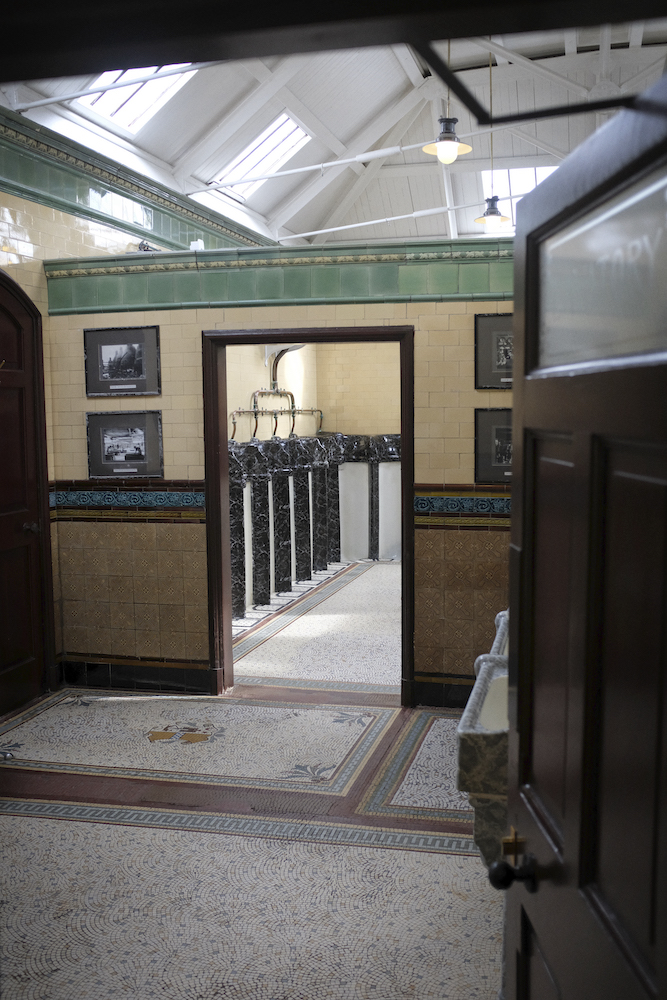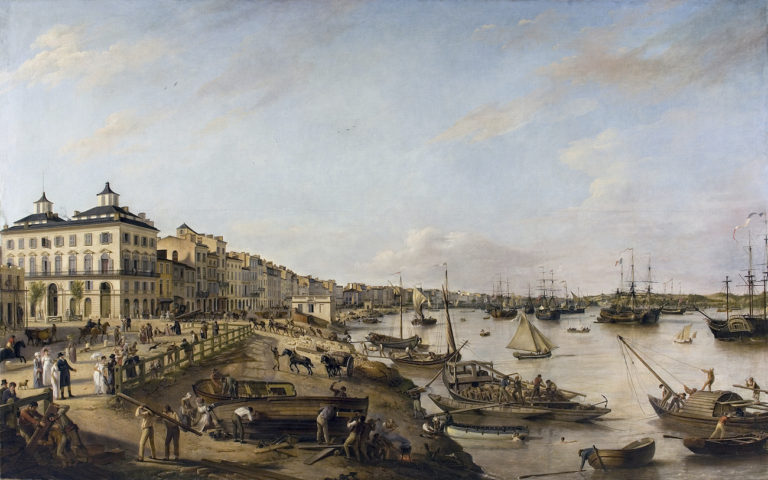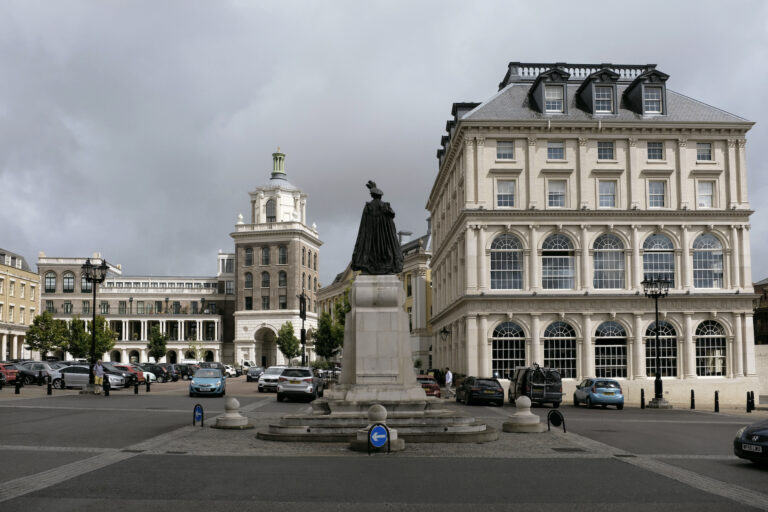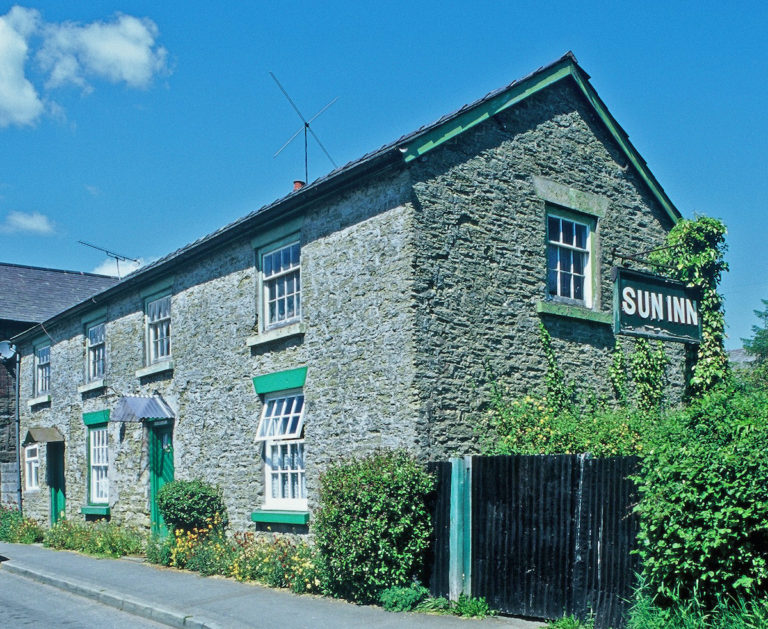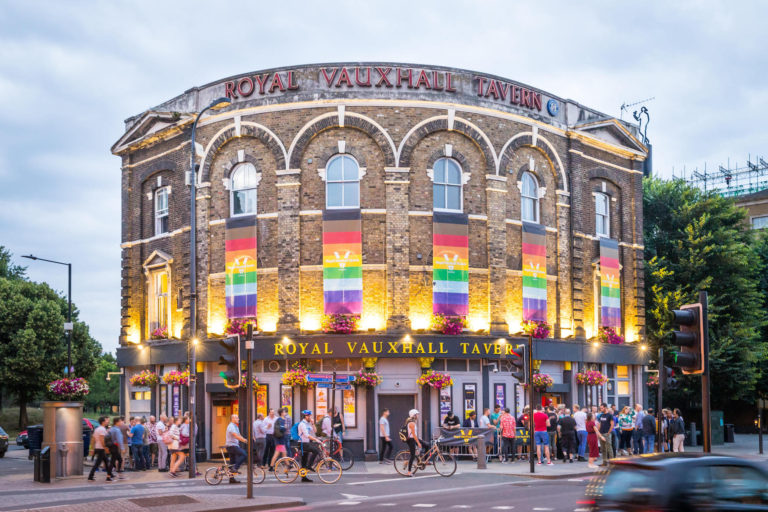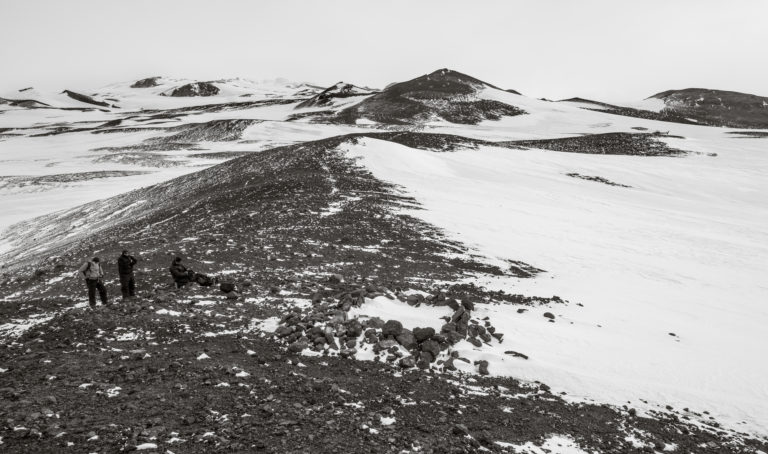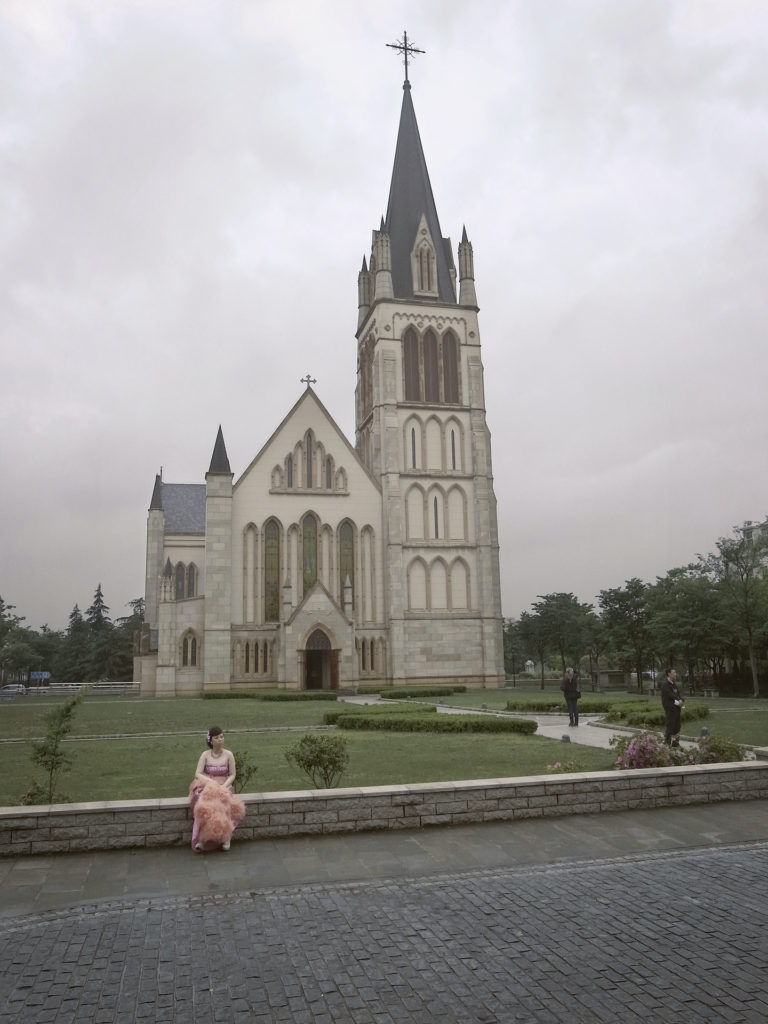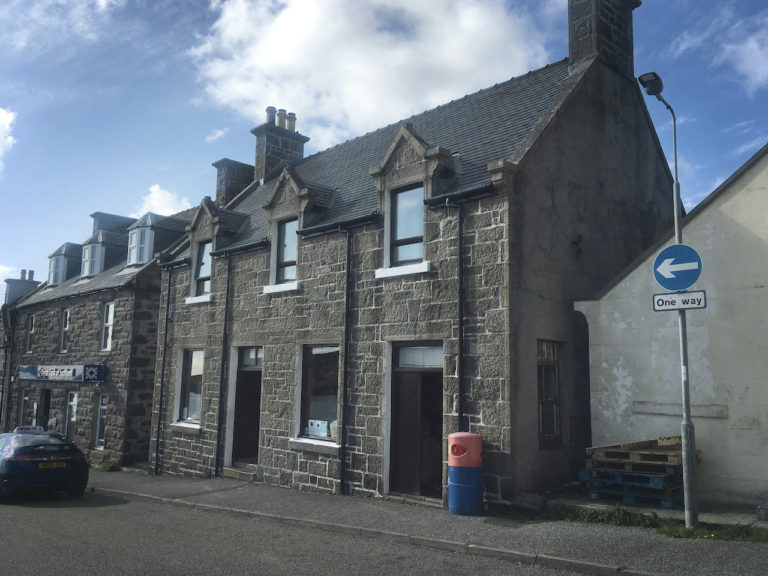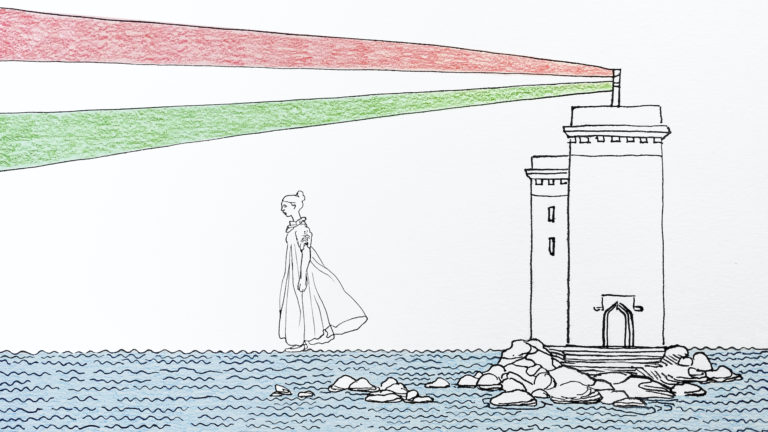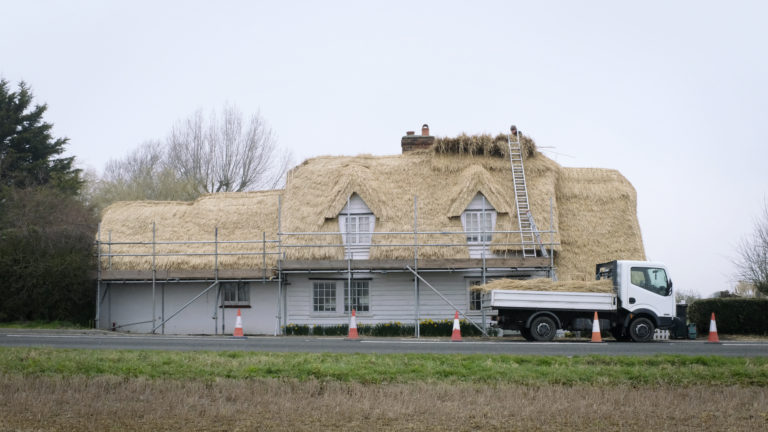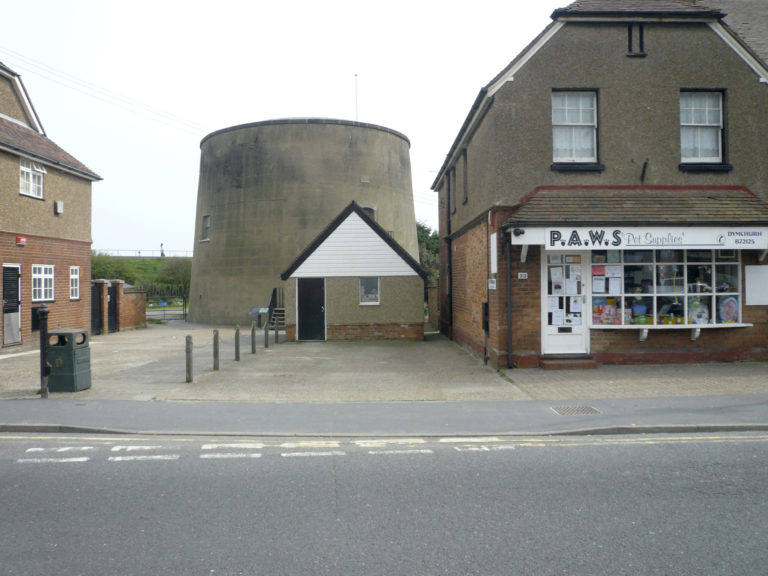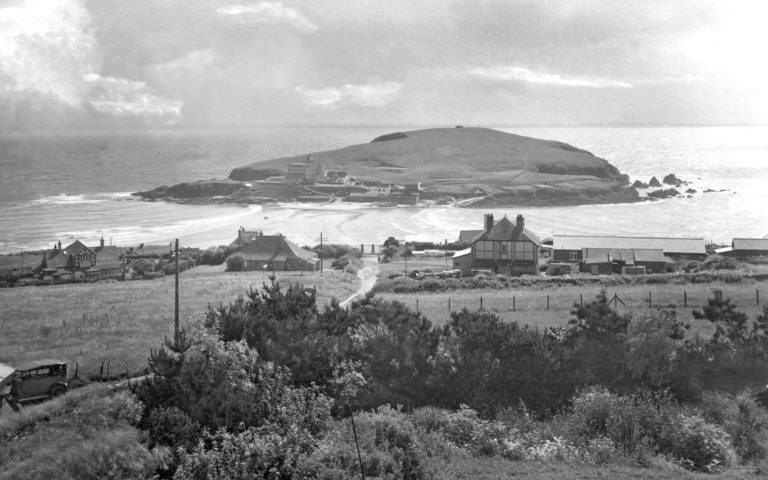PLOTLANDS I Bush Estate, Eccles-on-Sea, Norfolk, England
The American dream in Eccles-on-Sea
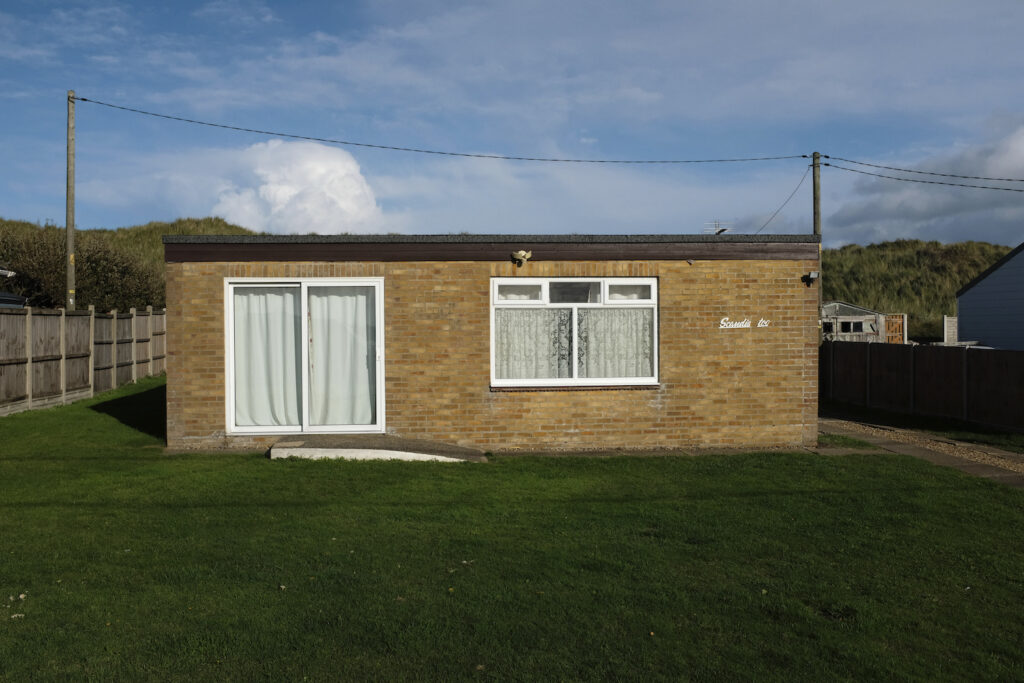
Images and words by The Coracle.
‘A simple building used intermittently as recreational accommodation; having an internal floor area of no more than 30m2; constructed from low impact materials; generally not connected to mains water, electricity or sewerage; and built in such a way that it is removable with little or no trace at the end of its life. Huts may be built singly or in groups.’
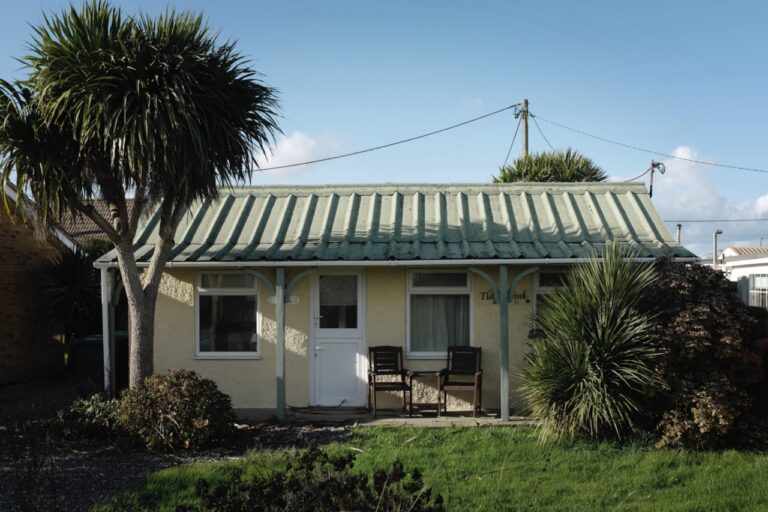
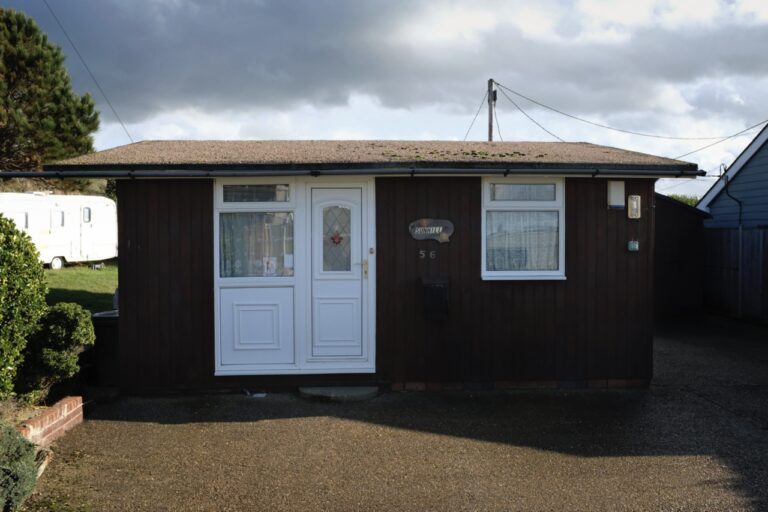

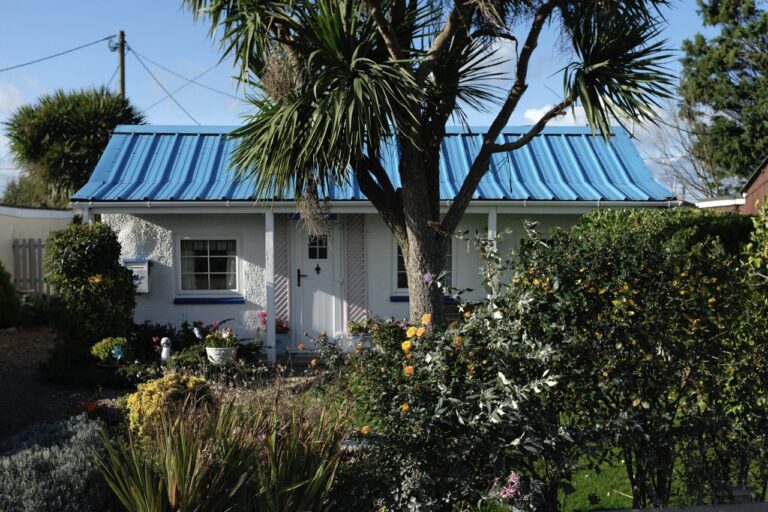
At the end of the 19th century, a series of bad harvests and a market flooded with American grain resulted in an agricultural depression pushing farmers to divide marginal land into plots and sell it cheaply at auction. Combined with lax planning laws, this enabled thousands of city dwellers to up sticks to the countryside every weekend, in homes built of hardboard and corrugated iron. Most were in areas easily accessible from the cities, using improvements in the road and rail networks. These plotland developments mushroomed after WW1, and again after WW2 with people escaping the aftermath of the Blitz and a shortage of housing. There was usually no sanitation, running water or leccy but it was a step up from camping, which is how some of these settlements began. A small plot of land to use however you wanted. To some degree, this was the American dream reinvented as a British arcadia with cups of tea and fondant fancies from M&S.
Over the years gradual improvements were made; grassy lanes became gravelled and ad hoc extensions were added. Mostly though, they remained apex roofed, one-storied and veranda’d. These were still shanty towns but set in a rural idyll. So pleasant were they to live in that many made them permanent homes and who doesn’t dream of staying on holiday forever after the summer has ended? Somehow, despite the lack of government or other influence during their construction, they managed to create what the Financial Times has described as a ‘surprisingly enduring alternative to the mainstream of developers’ housing’.
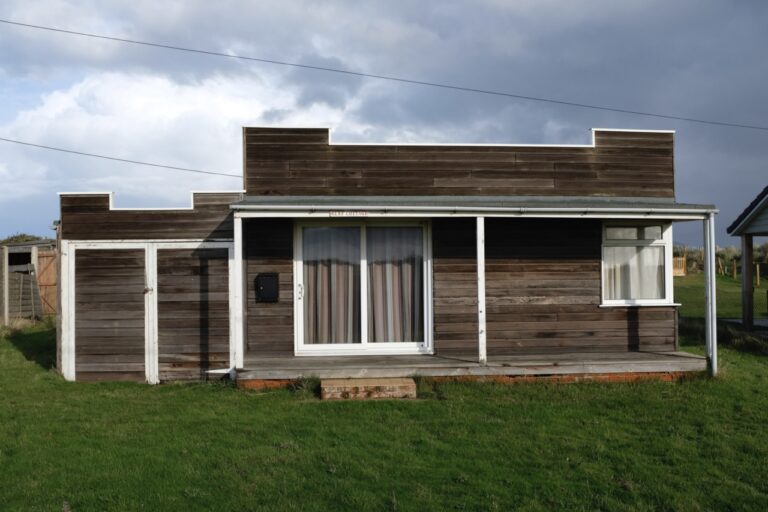
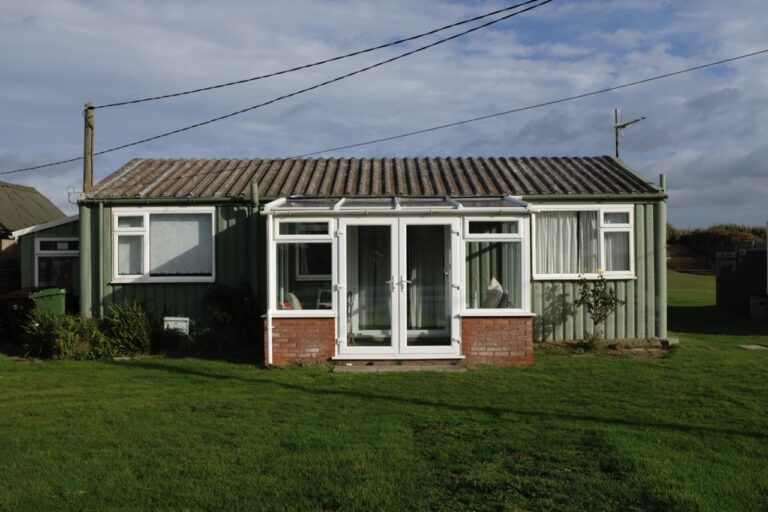
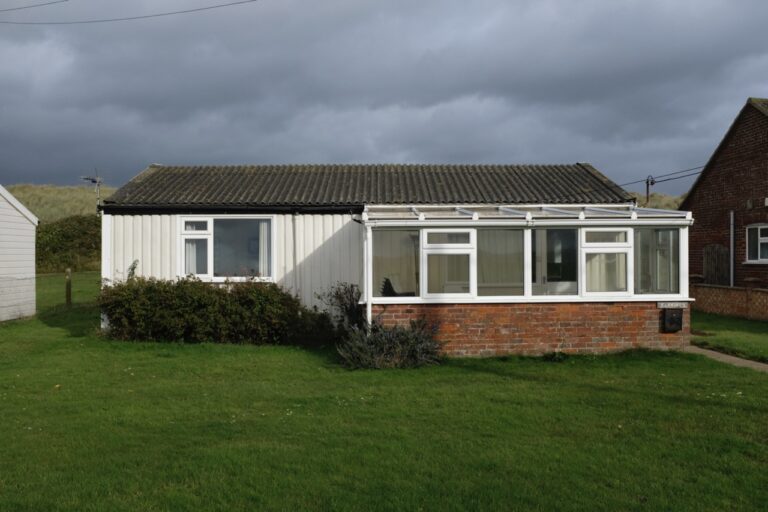
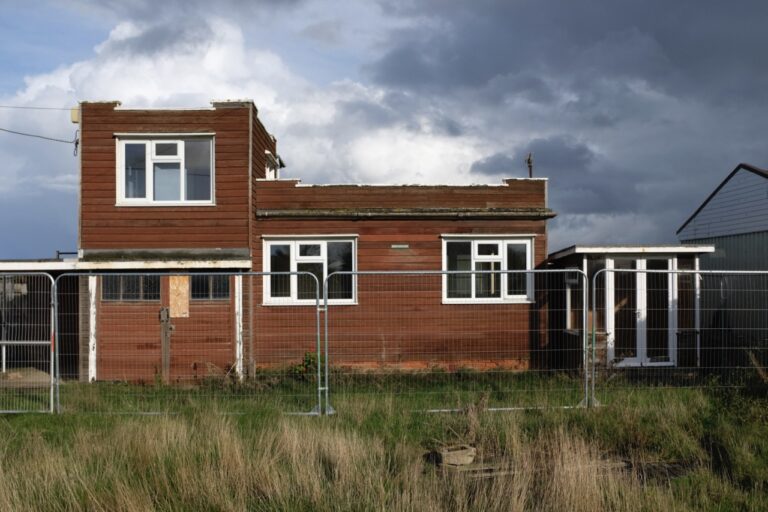
The importance of holidays had grown with the 1871 Bank Holiday Act and the 1938 Holidays with Pay Act, finally the workers were freed from their daily grind, albeit for just one week in a year. Plotlanders left the city behind, to enjoy newfound leisure time. This is reflected in the wonderful names of plotland homes: Shangri La, The Haven, The Nest, Dunroamin, Myowna, Mandalay, Weekenda. Or amalgamations of their kids’ names like Bennyvic or Maryern. Or celebrations of events like Everest or Spion Kop. This was a less formal environment where you were surrounded by your own. Some kept themselves to themselves but there was a holiday camp vibe with games, blackberry picking and lots of DIY. Many of the plotlands that have survived maintain this atmosphere since the same families have occupied them for decades, building lasting relationships with the surrounding owners. This hasn’t been the case everywhere though, Jaywick in Essex is seemingly famous for being one of the most deprived areas in the UK and plotlands can oscillate between rulebooks about rubbish disposal to no rules at all.
The mildly anarchic feel of these settlements has been described by Denis Hardy and Colin Ward as; ‘ordinary folk….bound up in a tradition of anti-urbanism. Why should second homes be for the rich alone? These were affordable properties for the working masses. Godfrey Holmes in the Independent has described plotlanders as ‘pioneers, wanderers influenced by early socialism, arts and crafts, naturism, theosophy, oddfellows, methodism, whatever’. The whatever might be the biggest category nowadays but it seems important to recognise the political background to these gently ramshackle developments.
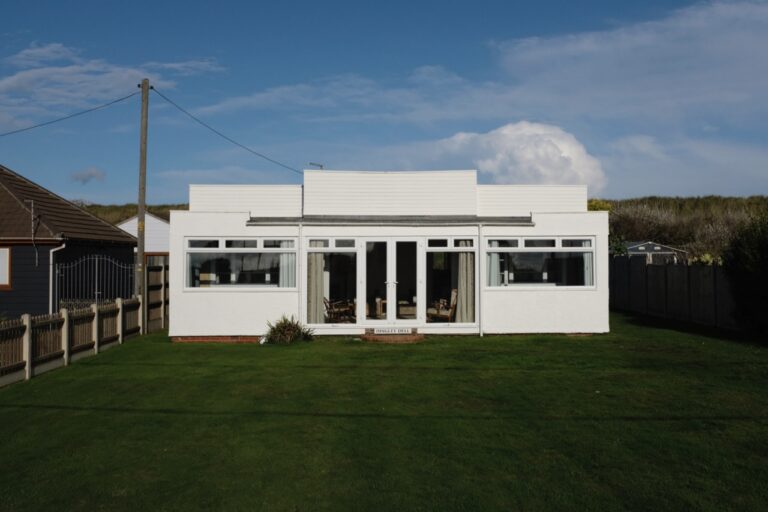
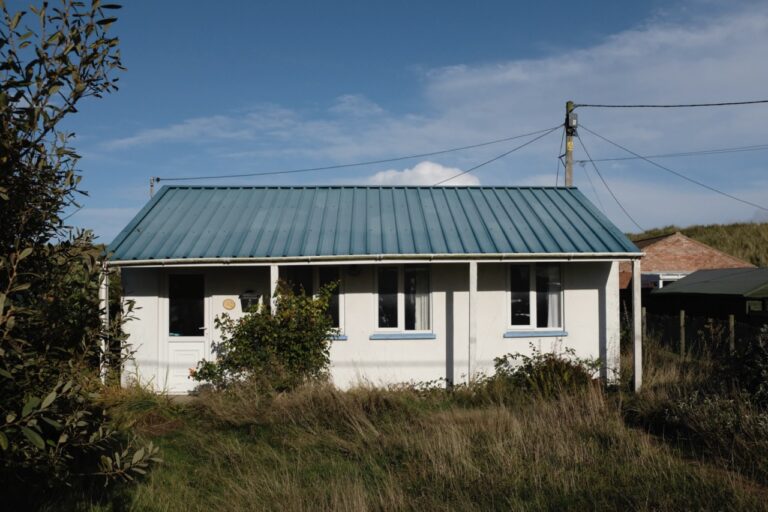
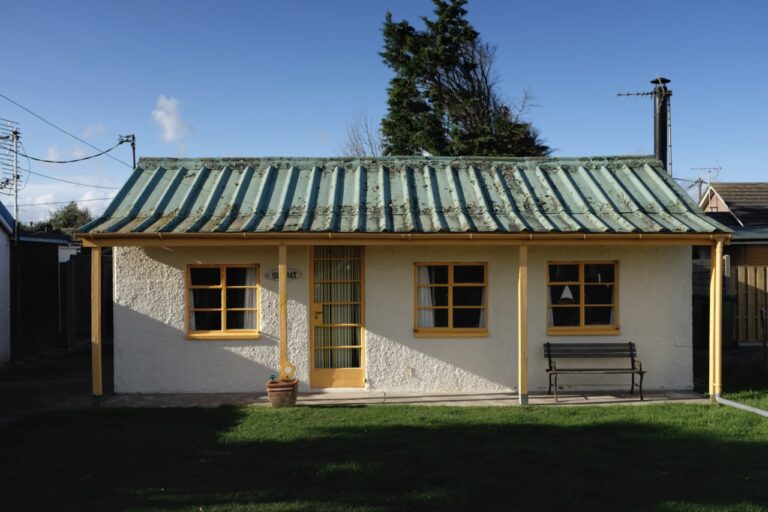
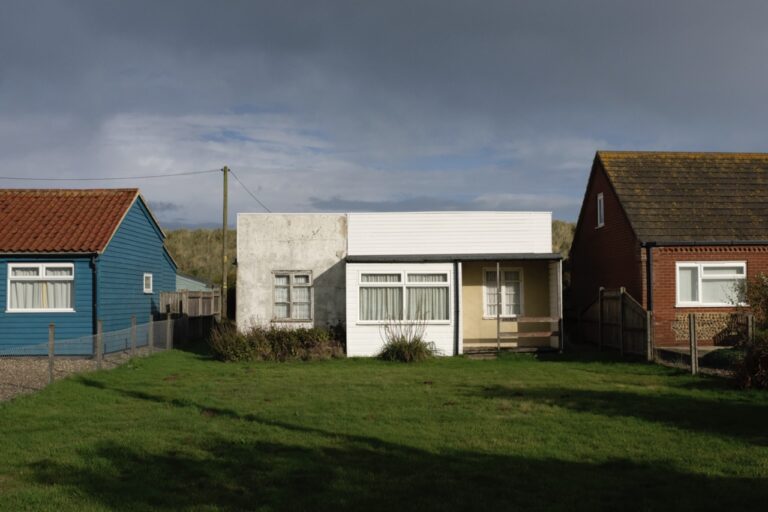
Development nowadays is the keyword. Sometimes plots were intended for people to build more permanent dwellings, some plots eventually instigated new residential areas being built like Littlestone in Kent. Many like Dunton in Essex were bulldozed for planned mono housing as the marginal land became more valuable. The author Deanna Walker says; ‘the Plotland properties were individual masterpieces of imagination and whatever materials happened to be handy, the houses in Dagenham were all about uniformity on a grand scale.’ That said, the new town of Basildon got rid of 25,000 people in messy settlements and gave ‘proper’ homes to many thousands more. Self-build housing has been described as a sideshow in the crisis of a housing shortage but equally the architectural richness of the UK is in its diversity.
Of the plotlands swept away, the ones caught in the 1953 flood along the UK’s east coast are possibly the saddest loss. In 1967 plotlands were hit by the planning act that put the kibosh on any expansion. Around the same time, newly affordable package holidays to Spain and Sardinia guaranteed sunshine. Less simple pleasures were wanted by a new generation keen on sangria and an ageing population was often left at the plots, staring into their tea leaves. In an increasingly buttoned down world, the difficulty of insuring these homes and the impossibility of a mortgage further limited their future although this hasn’t stopped half a million pound beach huts being sold in Dorset!
If you have hard cash to spend though, huts/sheds/shacks have become fashionable. Check out this book or this to name but two titles that bridge the gap between the original plotlanders’ DIY projects and something more knowingly rustique. What was outsider architecture, built and handed down from generation to generation of working class folk, has in some places gone posh. What once grew organically has been fancified by professionals. Dungeness in Kent is a prime example of this but with some inventive new homes built to their original allocated plot size. In some cases, plots have reverted to the cosy blandness of static caravan parks which is surely less interesting, albeit more affordable. Maybe parts of the UK could take a leaf out of the Scottish government’s supportive policy on huts which was inspired by the Thousands Huts campaign and from which the quote at the beginning of this little story is taken.
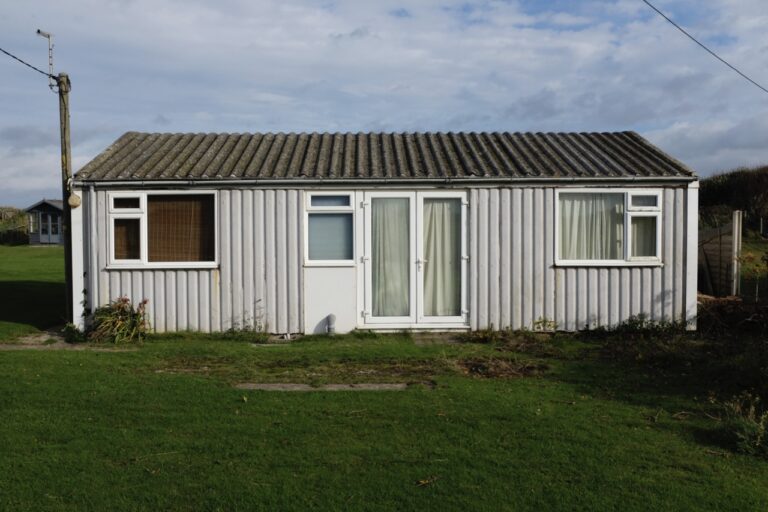
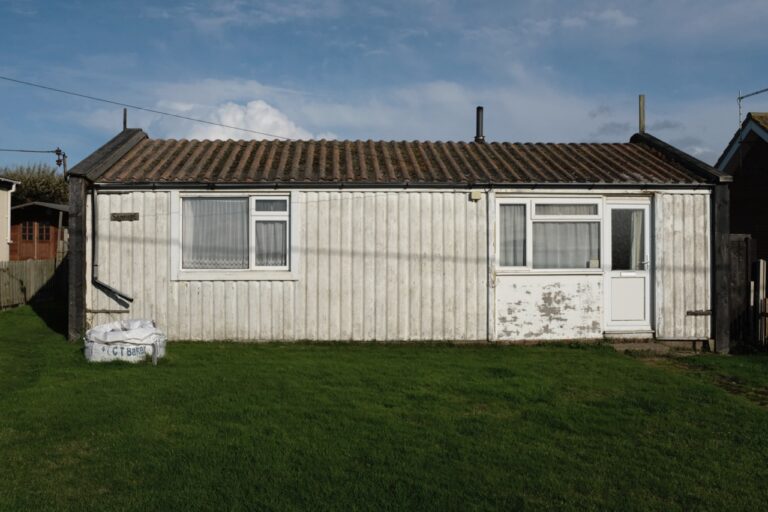

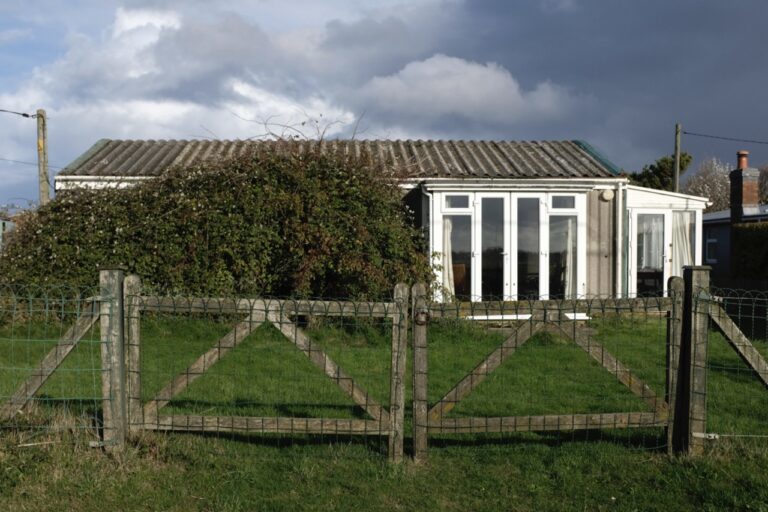
The accompanying images are from the wonderful Bush Estate, set high up on Norfolk’s north-east shoulder in big sky country.
Basildon Plotlands by Deanna Walker is a charming depiction of a plotland community on a sunny weekend in the 50’s and 60’s.
Away to the Woods by Lena Kennedy recalls her plot at Cliffe Woods in Kent.
Iain’s hutting blog has log piles worth of info about huts, plots and chalets around the world.
Arcadia for All by Denis Hardy and Colin Ward outlines the political aspect of Plotland developments.
Tim Daly’s project documents them photographically.
Watch the BBC mini series Plotlands.
A more punchy watch is this C5 series on Jaywick.
Plotlands to visit:
Haven Plotlands Museum Essex, Jaywick Sands Essex Seawick Essex, Humberston Fitties Lincolnshire, Bewdley Shropshire, Shepperton Surrey, Eccles on Sea Norfolk, Holtsfield Glamorgan, Owensfield Glamorgan, Aberdesach Gwynedd, Dungeness Kent, Leysdown on Sea Kent, Farndon Cheshire, Portland Bill Dorset
